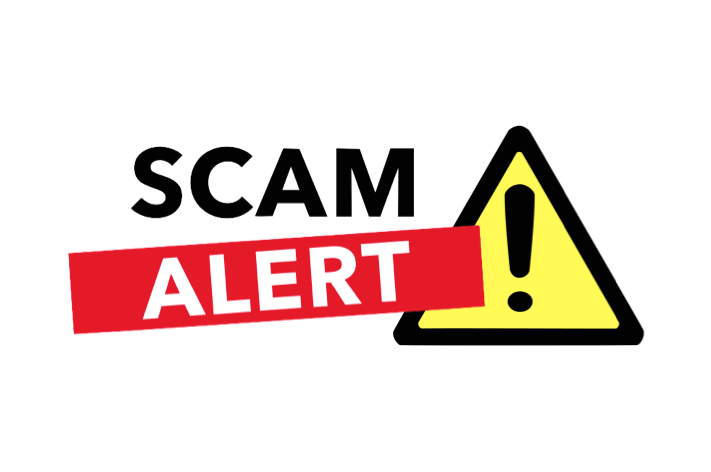Most dealings in real estate are honest and above-board. But, occasionally, we run into some “schemes” we feel we should warn our customers, friends and clients about. One of the most insidious of these schemes is the Foreclosure Rescue scheme.
These schemes show up in the market as come-ons disguised as innovative financing to help struggling homeowners. The owners may be underwater on their home value or even behind on the mortgage. When they’re faced with actual foreclosure they become desperate for any kind of relief. But instead of a knight in shining armor with a truly helpful solution, a crook arrives on the scene.
There are different versions of the scam. Here are a couple:
The crook falsely tells the homeowner they will “work things out” for them and negotiate with the mortgage company in exchange for a service fee. The crook then collects monthly mortgage payments from the homeowner with an assurance the payments will be forwarded to the mortgage lender. In these cases, no payments ever get forwarded and the mortgagee never gets contacted on the homeowner’s behalf. Instead, each defrauded homeowner pays not only an up-front fee for these “services,” but also hundreds or thousands of dollars in mortgage payments.
In another, increasingly common alternative, the scam perpetrator convinces the home owner to sign over a quit-claim deed for the residence to the perpetrator or to sell the residence for a nominal fee such as $1. The home owner agrees to transfer title because he or she has little or no equity in the property (maybe they’ve taken out a second mortgage). The perpetrator charges the home owner “rent” or a “consultant’s fee” or “management fee” to stay in the residence while the mortgage problems are worked out, after which the home owner will be able to “apply for repurchase” of the property or share the profits if the perpetrator sells the property. The rent usually has interest attached to the amount.
Essentially, the homeowner is allowed to keep on living in his home but, instead of having to pay his mortgage, he now has to pay “rent” to the scam artist; a rent with interest which totals MORE than the actual mortgage payment was when the whole scam began. If the homeowner couldn’t afford his mortgage, he REALLY won’t be able to pay rent with added interest to it. So this usually leads to the homeowner being evicted by the crook, after being scammed for everything they have.
Crooks usually target uninformed homeowners who think this is a way out of their problems. It’s the fastest way to worsen their problems. Most of the time, the crook makes a cumulative huge profit from the homeowner, steals the property and then sends the original homeowner packing as soon as the homeowner is unable to pay the rent. The crook essentially owns the house now (remember that deed you signed over?).
In some cases, the scam artists simply remortgage the home, cash in on the equity they just acquired and then leave town, allowing the home to go into foreclosure anyway without doing anything about it.
In order to avoid falling for this scam and other foreclosure rescue schemes, you need to stay informed, to read as much as possible about the subject and, if necessary, to talk to your lender or other financial professionals if you’re struggling.

